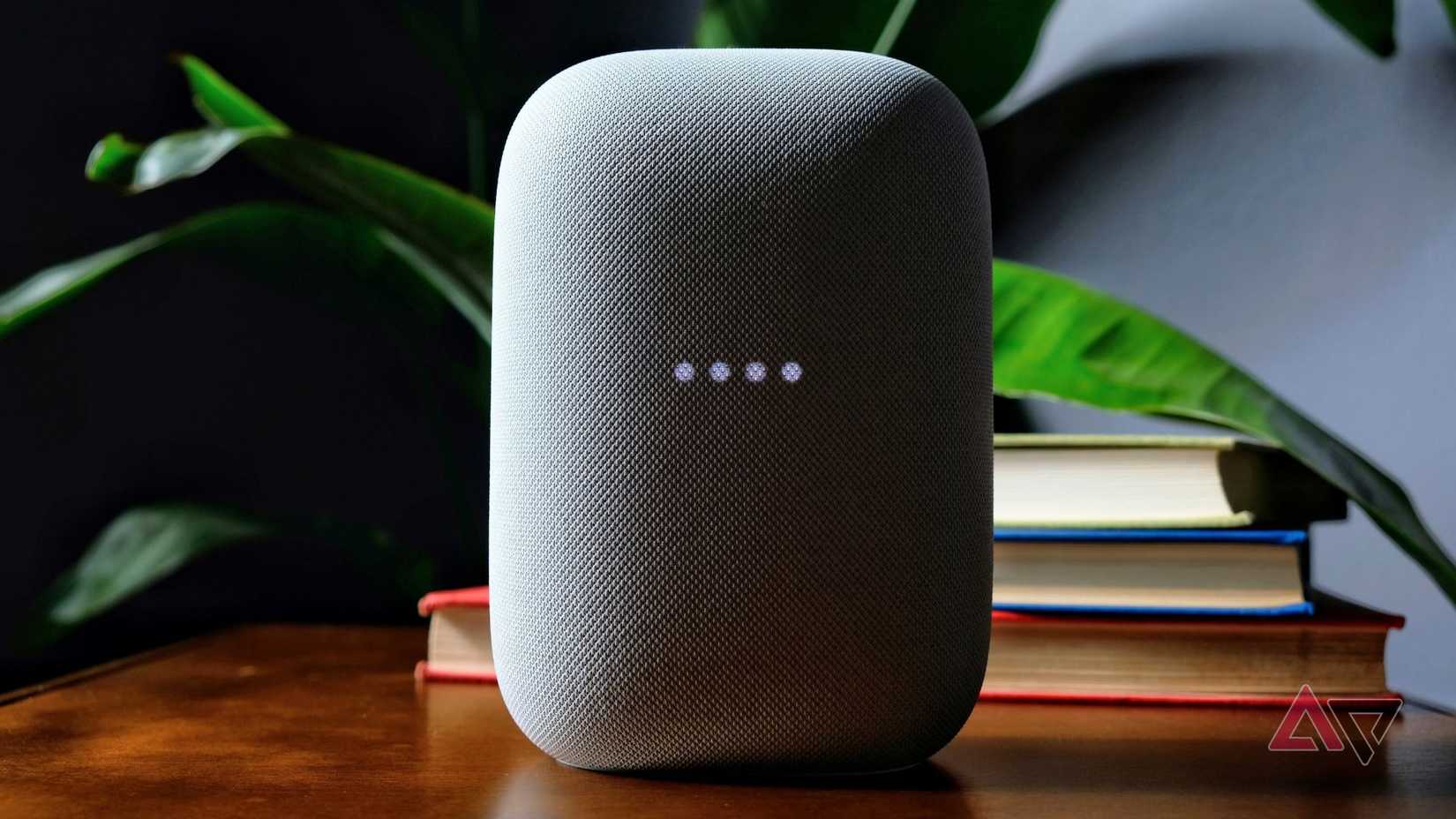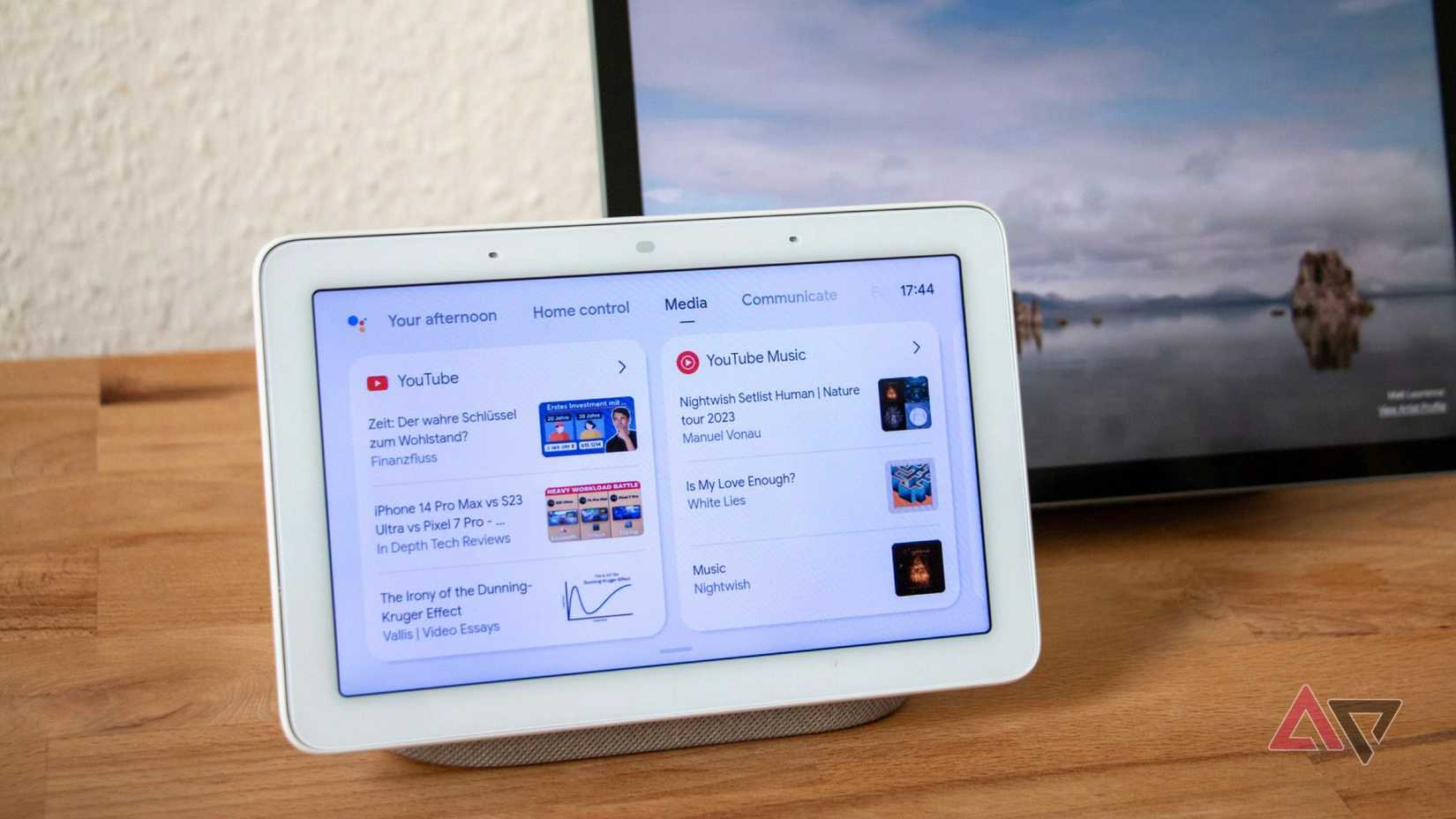When you only have one smart speaker, the location feels pretty obvious. Whether you’re sporting a Nest Hub Max or a Nest Audio, a singular device is most often placed in a living room or a kitchen.
Why? Because you need to be able to communicate with it from anywhere in your home, and these centrally located rooms make it easy to reach your digital assistant without too much backtracking.
Plus, these rooms consistently illicit the need for music, so you’ll be just a single command away from your favorite tunes in the most obvious place in your home.
However, after you start adding multiple smart displays and smart speakers to your ecosystem, the decision of which device goes in which room becomes a bit more loaded.
You start asking yourself questions like, which device has the best audio? Which one responds the fastest? Which one has (or more importantly, doesn’t have) a camera?
Below, I’ve used my personal experience to explain where my smart speakers and displays are in my home, and why.
Google Nest Hub Max
This bad boy is best in the living room or kitchen
Some things remain true, even when you end up with multiple smart displays and smart speakers in your home, and your Google Nest Hub Max belonging in the living room or the kitchen is one of them.
The big display makes it easy to spot helpful information on the interface, like the temperature or air quality outside, and it offers higher quality audio than the smaller Nest Hub, providing robust, room-filling noise for everything from a small dinner party to a lone reading session.
More importantly, the Nest Hub Max is equipped with a camera, unlike many of its Google Home compatriots, which means you can use it as a security camera for keeping track of your home.
In a centrally located room, like the living room or kitchen, the Nest Hub Max will provide substantial coverage of your main living areas, especially thanks to the 127-degree field of view.
Google Nest Audio
Your bedroom has never needed a smart speaker more
There are a lot of reasons why a smart display in the bedroom is a bad idea. Sure, the big, bright screen dims when the lights are off, but the massive clock is hard to ignore when it comes to getting a good night’s rest.
On top of that, smart displays are often lacking a bit when it comes to audio quality, which can make helpful sleep aids like white noise functionality a bit less relaxing as you nod off for the night.
That’s why the Nest Audio is your best bet for the bedroom. The audio quality is seriously top-notch, the discreet design won’t be too jarring alongside the rest of your bedroom decor, and the lack of a display provides you with the complete and utter darkness required of a good night’s rest.
Google Nest Hub
A surprisingly good option for your bathroom
If you have both the Nest Hub Max and the standard Nest Hub in your home, like I do, it can be particularly difficult to find a place for it.
The living room is taken, and while the sleep tracking tools are fine, having a display in the bedroom presents a wide array of issues when it comes to actually falling asleep.
However, an often-overlooked room for your smart display is the bathroom. You can keep it perched on your sink (as far away from the toilet as possible), so you’ll be able to enjoy a bit of leisure during your morning and nightly routines.
Want to get a quick two minutes of your favorite show in while brushing your teeth? How about one of your favorite Spotify playlists during your shower? The Nest Hub provides all that functionality and more, just a voice command away.
Plus, it doesn’t have a camera like the Nest Hub Max, so you don’t have to worry about that.
Pixel Tablet with Dock
The ideal addition to your office ecosystem
The dock available from Google for the Pixel Tablet turns the device into a smart speaker, but if we’re being honest, the audio quality isn’t nearly as good as its counterparts above.
Still, the easy charging and the upright design are convenient enough to make it worth it, and it’s certainly an improvement over the on-device audio.
This makes the Pixel Tablet perfect for your office setup. You’ll be able to easily access the device when you need it, charge it at your leisure, and still use other means of audio if absolutely necessary (hopefully you’ve got a good pair of speakers for your home computer).
Even better, if you pair the Pixel Tablet with a Bluetooth keyboard, the upright dock will allow you to treat the device as a second display for work or play, your choice.
The Google smart home experience
It’s expansive, but something new would be nice
As you can see, Google offers a wide range of smart home devices, and we’ve really just scratched the surface on the basics.
Between thermostats and security cameras, the Google ecosystem is nothing if not expansive for those interested in turning their house into a seriously smart home.
The only bummer about Google’s smart home ecosystem is that the devices are getting a bit old. The majority of devices were launched in the early 2020s, which may sound recent until you remember that we’re talking about Google here.
Hopefully, the company will get on board with launching some new devices, but until then, you have plenty to work with that still operates effectively for now.




